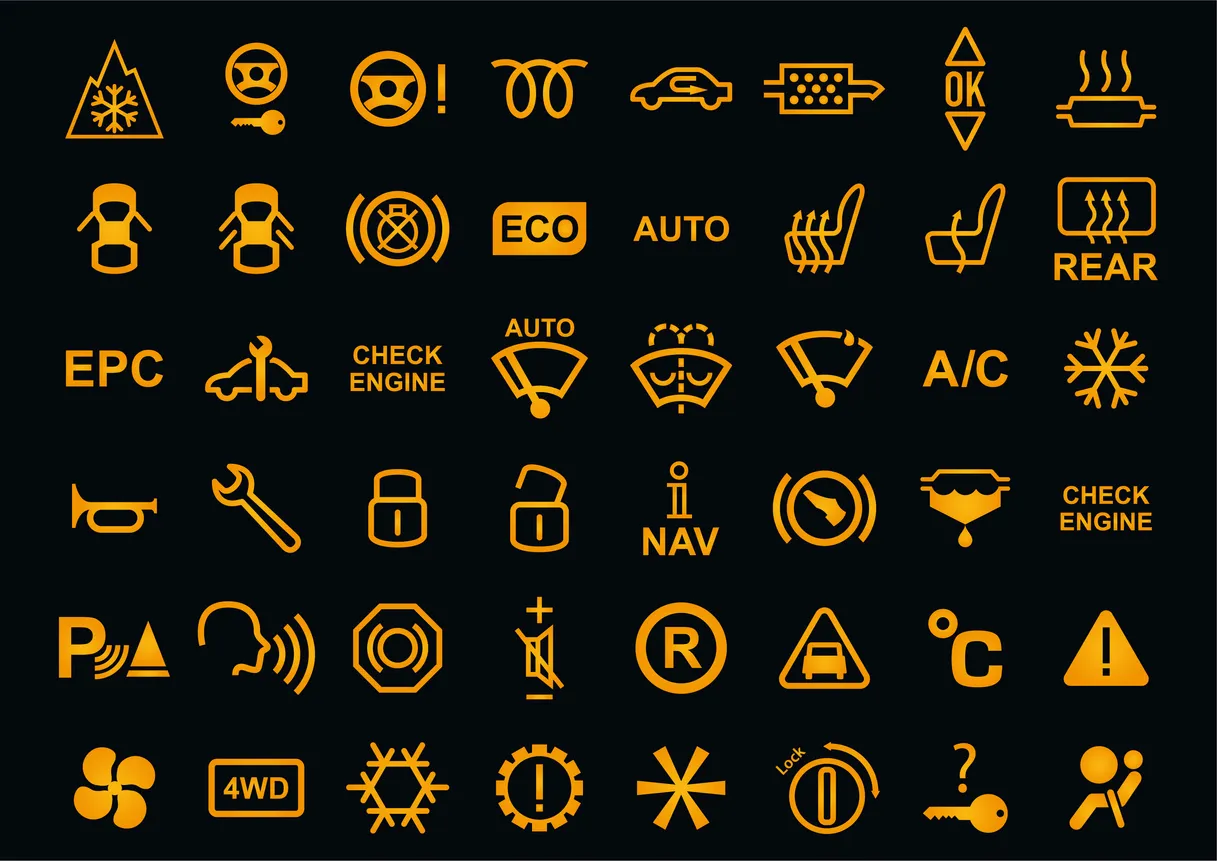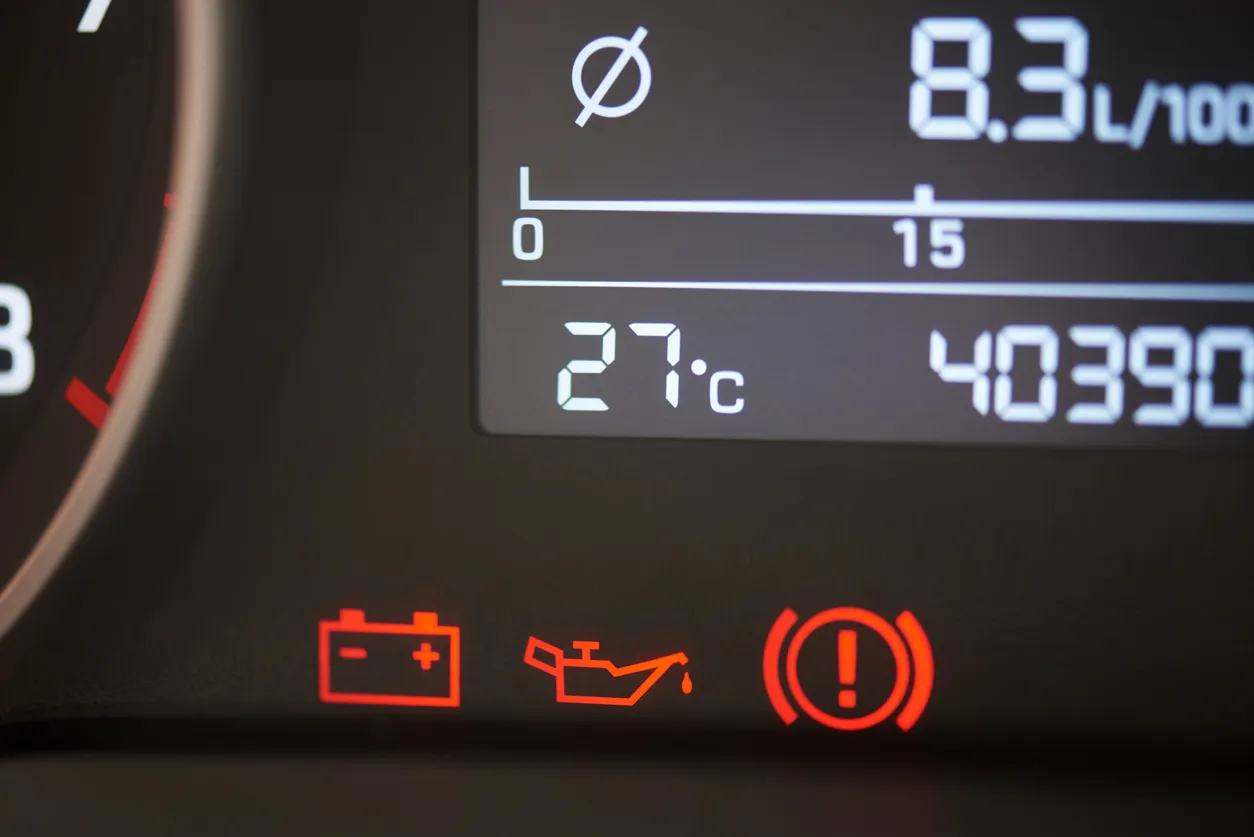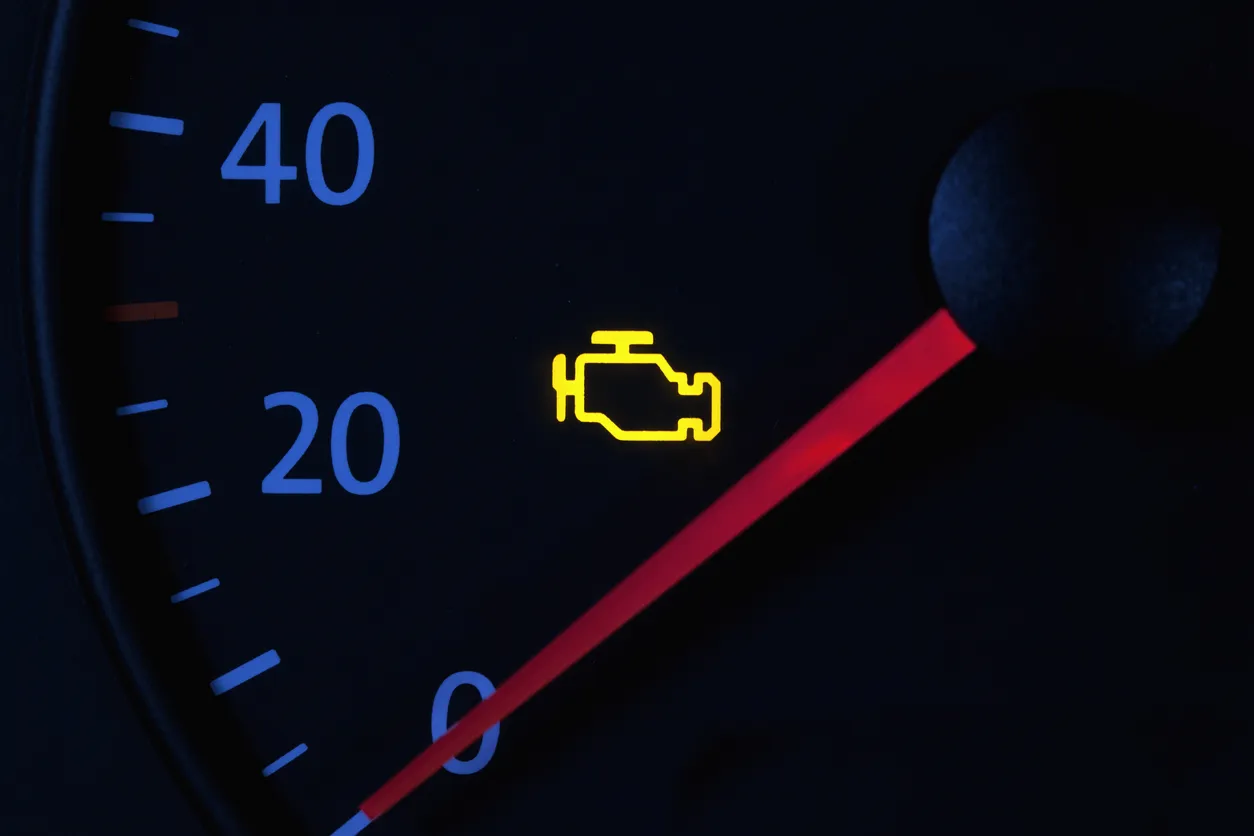Understanding the Many Car Dashboard Warning Lights

As a vehicle owner, there are many different car warning lights that you'll have to watch for. If you don't know what all the different car warning light symbols mean, you won't have a way to determine exactly what each warning is for. This is why it's important to understand the meaning of the major car warning lights and to be able to recall that meaning whenever you see a light glowing on your car dashboard.
The Car Warning Lights May Turn on During Startup
If you notice many of the different lights turning on during startup and then going back off again, you don't have anything to worry about. This is a way for you to see that the dashboard warning lights are working, but not a way to find out you have issues you have to care for. If you're looking to learn more about vehicles, you should know that most cars will have warning lights that turn on each time you turn them on. These lights only show for a second before shutting off, and you only have to worry about the lights that don't turn off. If all your dashboard lights turn off, you probably don't have an extra issue you need to address.
Some Car Warning Lights Aren't Serious
Not all warning lights are serious. Some are minor lights you can ignore. The quickest way to determine if warning lights are serious is to look at their color. If you see green or blue lights, you have a feature that's turned on, but you likely don't have an actual problem that needs to be corrected. When the lights are yellow or orange, you have a mild issue that needs to be addressed, but the issue still probably isn't a life-or-death situation. Finally, any red lights are serious and should be handled as soon as possible. Many of the red lights let you know not to drive your vehicle or to look for serious problems to keep the vehicle running properly.
The Key Car Warning Lights Meanings
Once you understand that some car dashboard warning lights aren't important, while others are essential, you should start spending time getting to know what all these different lights mean. You probably won't memorize the meaning of each symbol, but you should learn some of the most common and get familiar with looking the other symbols up in your owner's manual. If you can get into the habit of checking the owner's manual for information about your vehicle, you'll have an easy resource you can call on, and you'll have a tool that's available to you whenever you need it. The manual is also good for discussing key vehicle features, for learning about common maintenance tasks for the vehicle, and more.
Common Red Warning Light Meanings

- Oil Pressure - A red oil can - your vehicle's oil pressure is too high or low.
- Engine Temperature - A red thermometer - Your engine is currently overheating. This usually happens when your car is low on coolant.
- Battery Alert - A red battery with plus and minus symbols - Your car battery is currently dying or has a bad connection.
- Seat Belt Reminder - A red man with a seatbelt - Fasten your seatbelt immediately.
- Airbag Warning Light - Red man sitting in seat, with airbag in front - There is an issue with one or more airbags in the vehicle.
- Brake Warning Light - A red circle and exclamation point inside two curved lines - The parking brake is on, or you have another problem with the brake system.
- Transmission Temperature Warning - A red gear with a thermometer - The transmission is too hot.
Common Yellow Warning Light Meanings

- Tire Pressure Warning - A yellow tire with an exclamation point - Tire pressure is too low on your vehicle at one or more tire.
- Traction Control - A Yellow car with zig-zag tire tracks - Traction control is on, and your vehicle will automatically measure the wheels and apply the brakes to maintain traction.
- ABS Warning - Yellow ABS symbol inside a circle - There is an issue with the ABS braking system.
- Traction Control - Yellow triangle with an exclamation and a circle arrow - The traction control system has an issue, and the ABS system or traction control system might be having an issue.
- Check Engine Light - A yellow engine symbol - Your engine is currently experiencing an issue and should be evaluated before you drive very far.
- Low Fuel - A yellow gas pump - Your vehicle is low on fuel.
- Car Security Indicator - Yellow car and padlock - The car's antitheft system is armed when this is blinking.
- Washer Fluid Indicator - A yellow windshield with dotted sprinkles - The washer fluid reservoir is low.
- Lane Departure - Yellow car and dotted road lines - Your vehicle is drifting out of its current lane
- Low Oil - Oil can - Your vehicle is trying to tell you that the pressure created by your oil is low and is typically a reflection that you will need to add oil to your engine.
- Coolant Level - Temperature gauge with water lines below - In most instances, this means you need coolant in your engine. However, it could also signal a problem with the gauge itself, so levels should be checked before adding any new coolant.
There are dozens of different lights that could possibly illuminate your vehicle's dashboard, and some are important to pay attention to, while others can be ignored. By understanding things like the car warning lights triangle symbol, you can determine when you're having an issue worth addressing. The indicator lights mentioned above are all for issues you should be concerned about and take note of. Some give you problems that need to be addressed immediately, such as a brake system error or low fuel, while others point you in the direction of a minor problem, such as low washer fluid.
It's helpful to learn as many of these symbols as possible because you'll be able to recognize what your vehicle is trying to tell you rapidly. Even if you don't know what a certain warning light means, you can look it up in mere moments when one pops on. Use your car owner's manual to check the meaning of any warning light that appears, and you'll know what your vehicle is trying to tell you. Your car is loaded with sensors and those sensors help keep you safe over time. Learn how to understand messages from your vehicle, and you'll know how to make important changes before it's too late.
The More You Learn About Dashboard Warning Lights, the Better You Can Track the Health of Your Vehicle
When you know how to read warning lights, you can use that skill to evaluate new vehicles you're thinking of buying too. If you test drive a new car, you can look for any warning lights that are illuminated on the dashboard. If a light is on and you know what the symbol means, you can guess why the light is on and if it's a serious issue you should be concerned about. Along with carefully inspecting the vehicle and looking for warning lights or maintenance issues, you should look up a vehicle history report for extra details about how the car was cared for. A history report gives you an in-depth look at the car's past and which owners had it. You'll find out whether a car can be trusted, and you can use the information to help you decide whether to finalize a deal or not.
FREE Vehicle Search
- Accidents
- Problem Checks
- Title Records
- Recalls
- Values
- Specs
-
InfoPay, Inc. (dba GoodCar) is an Approved NMVTIS Data Provider
-
-

















































